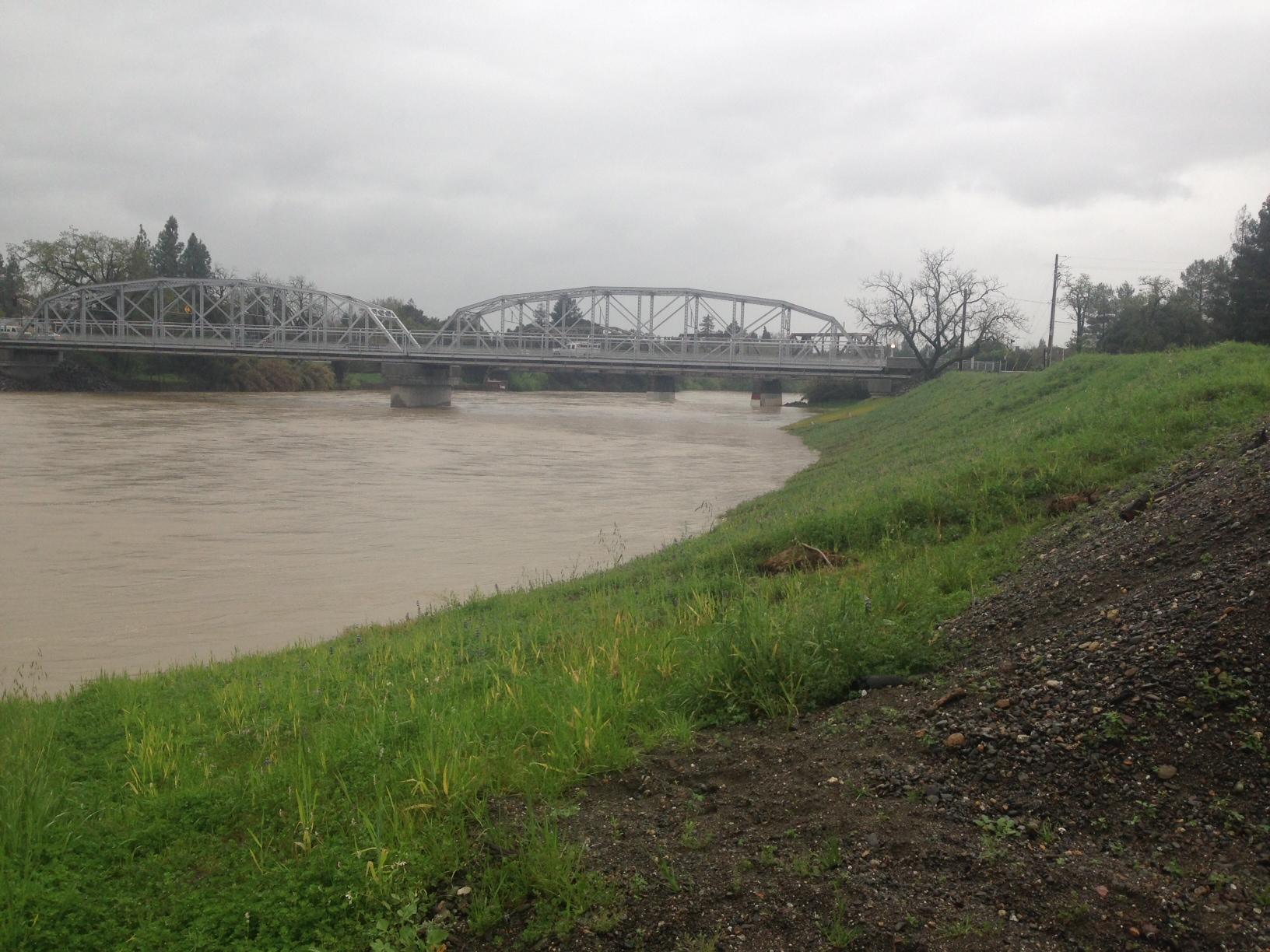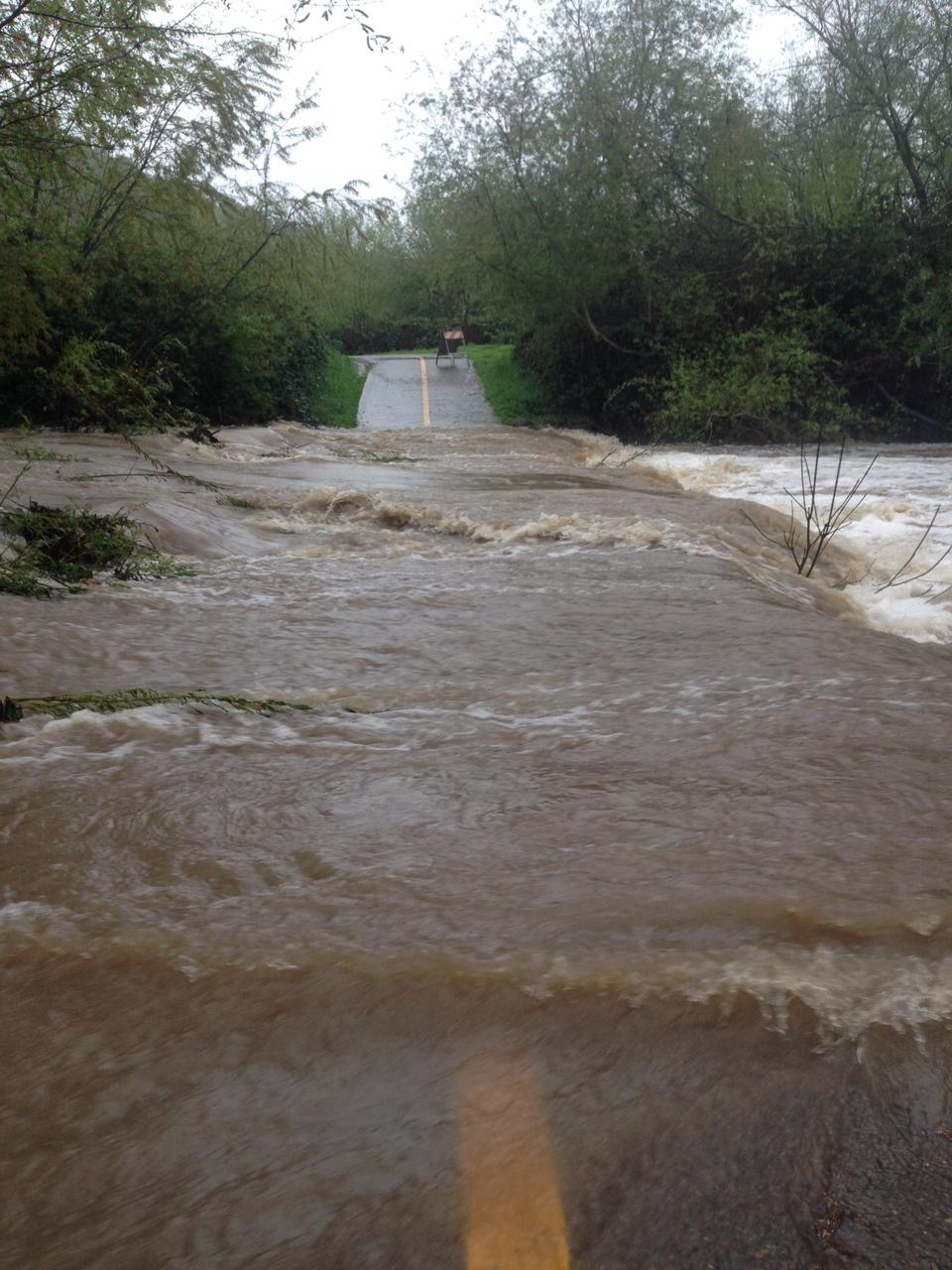Closing a park and posting advisory signage is easy. However, the effort to make an area safe and presentable after the floodwaters recede is a whole different story.
Rangers and maintenance workers wait patiently for a safe opportunity to mobilize with hand tools and heavy equipment. They scrape, move, and haul debris and sediment off of roads, bike paths, and parking lots knowing that park visitors are looming; eager to jump back into their recreation routines and continued search for sanctuary in our coveted natural lands.

Clean up from this recent storm may have taken only a few long days. However, to put all of this in perspective, let’s compare to the memorable flood event of 2005-2006. Efforts then took nearly a year! In places like Spring Lake Regional Park, the lake swelled to over 10’ above the restrooms and concession buildings.
We often think of Spring Lake as a favorite recreation destination, but it’s also a kind of storm container. It was designed as a water catchment to prevent flooding of greater downtown Santa Rosa. The lake captures rainwater, then slowly releases it into the Santa Rosa Creek; all the while, recharging groundwater. This recent storm proved how it all works. Spring Lake did its job!
This restoration-minded ecologically diverse example of storm water management replaced the old ways of complete urban channelization to handle these volumes.
These seasonal impacts are a good reminder on how important our Sonoma County Regional Parks and open spaces are!


 Live Radio
Live Radio





